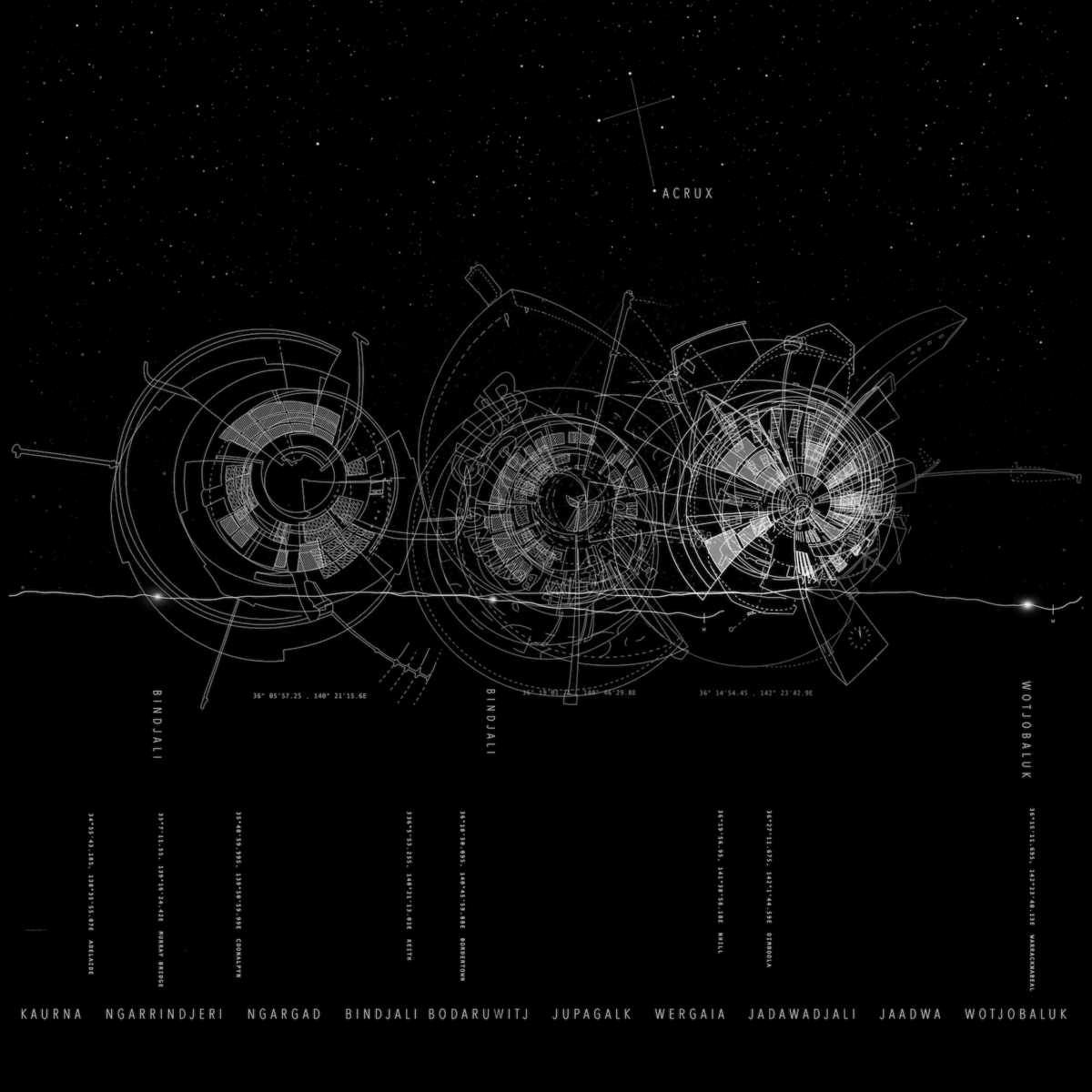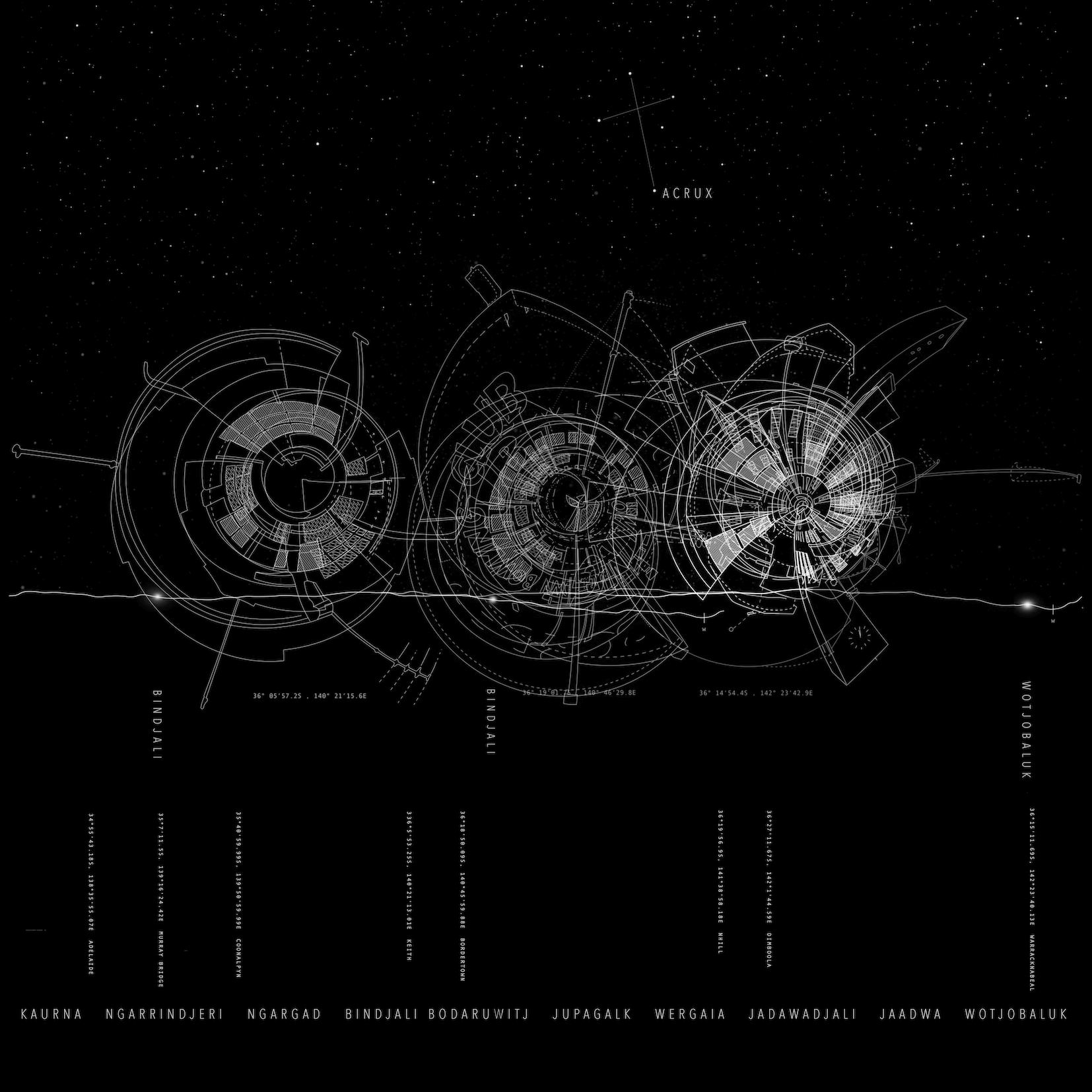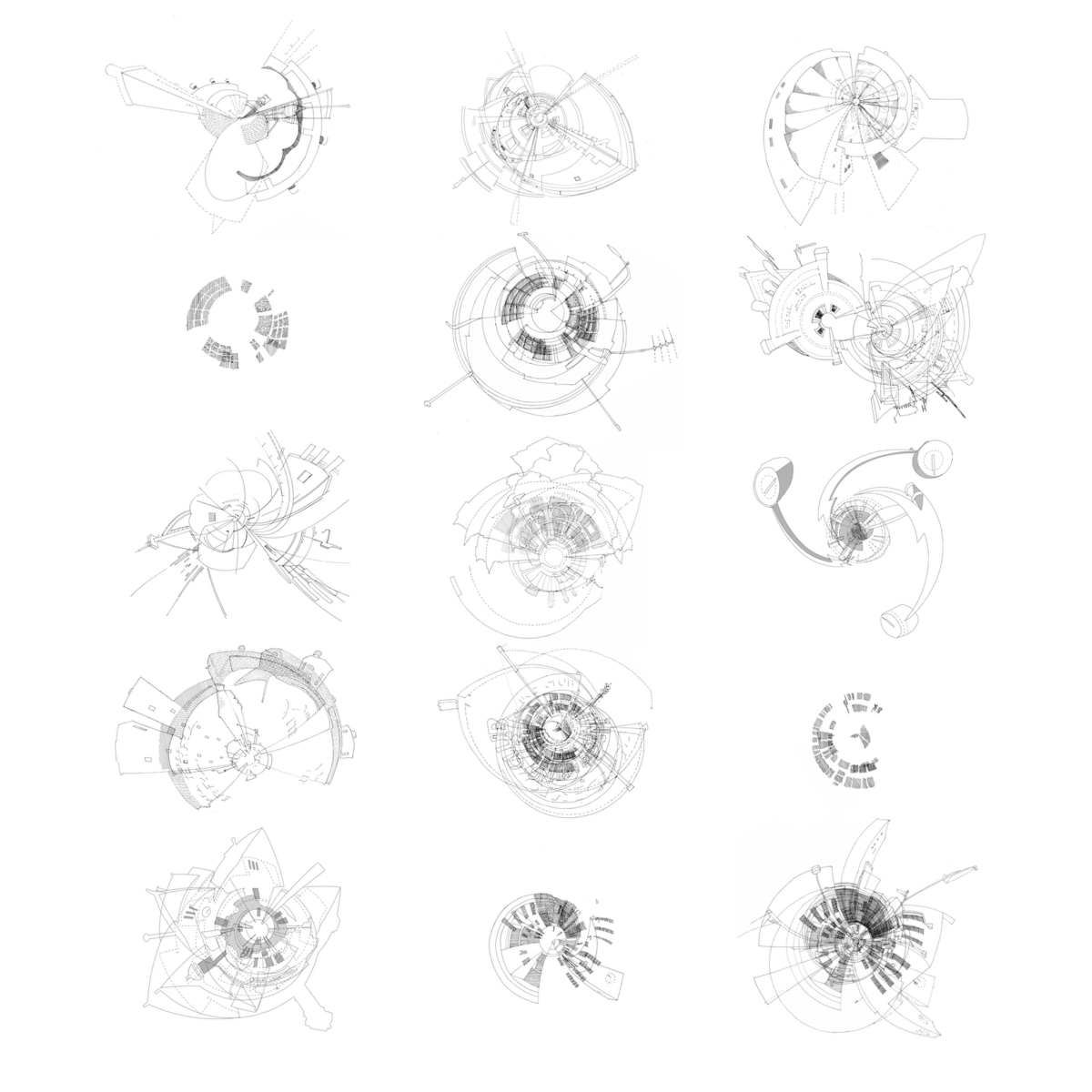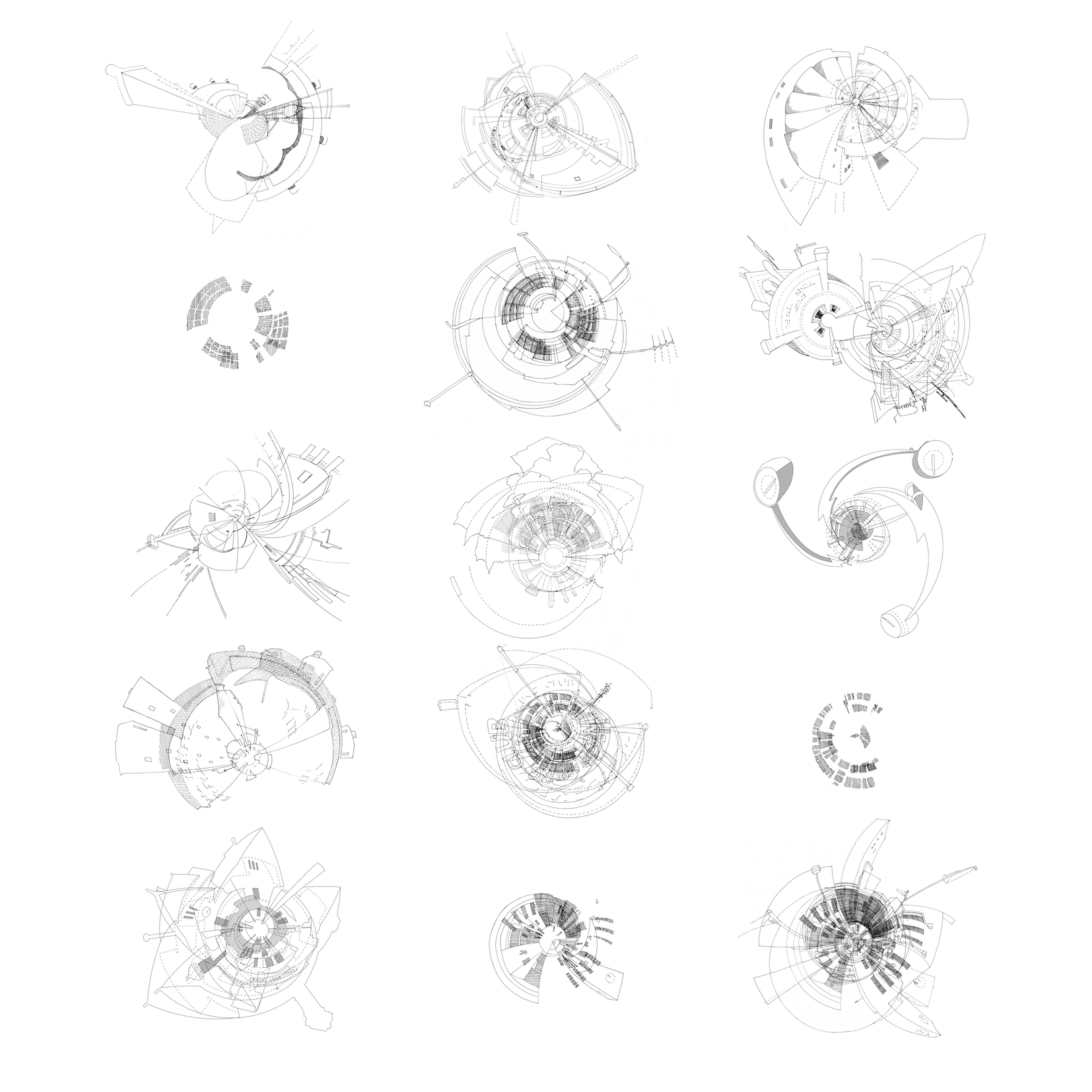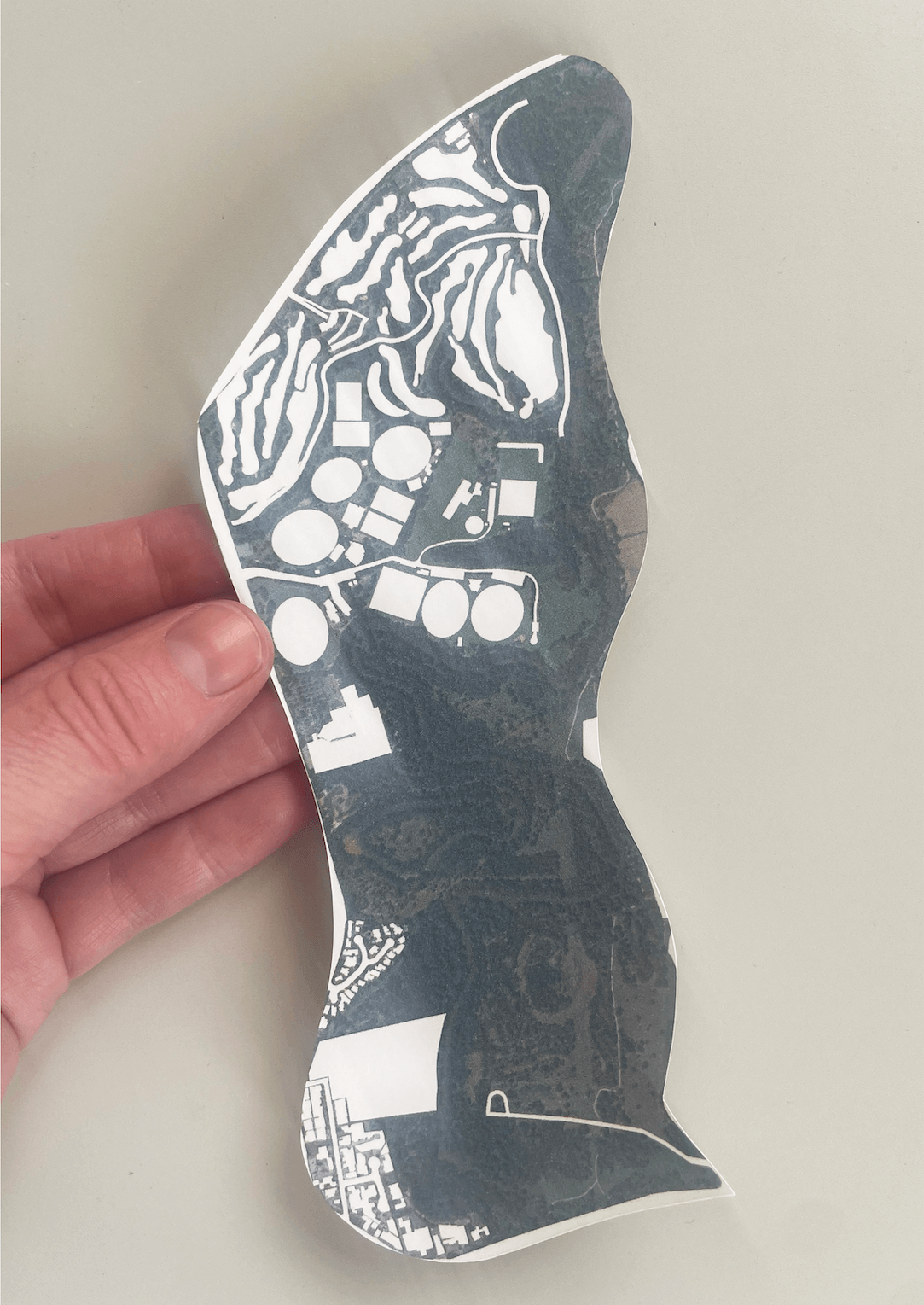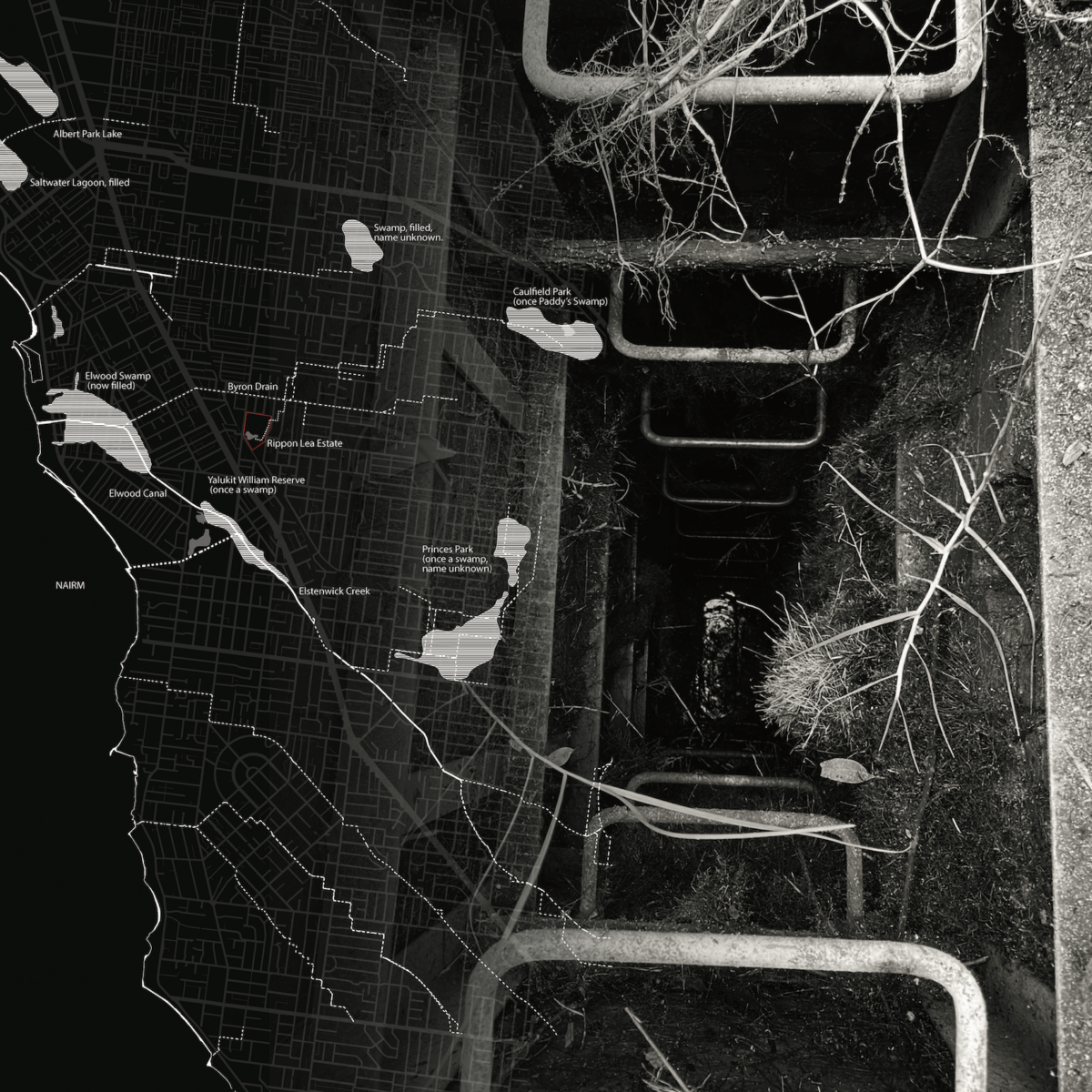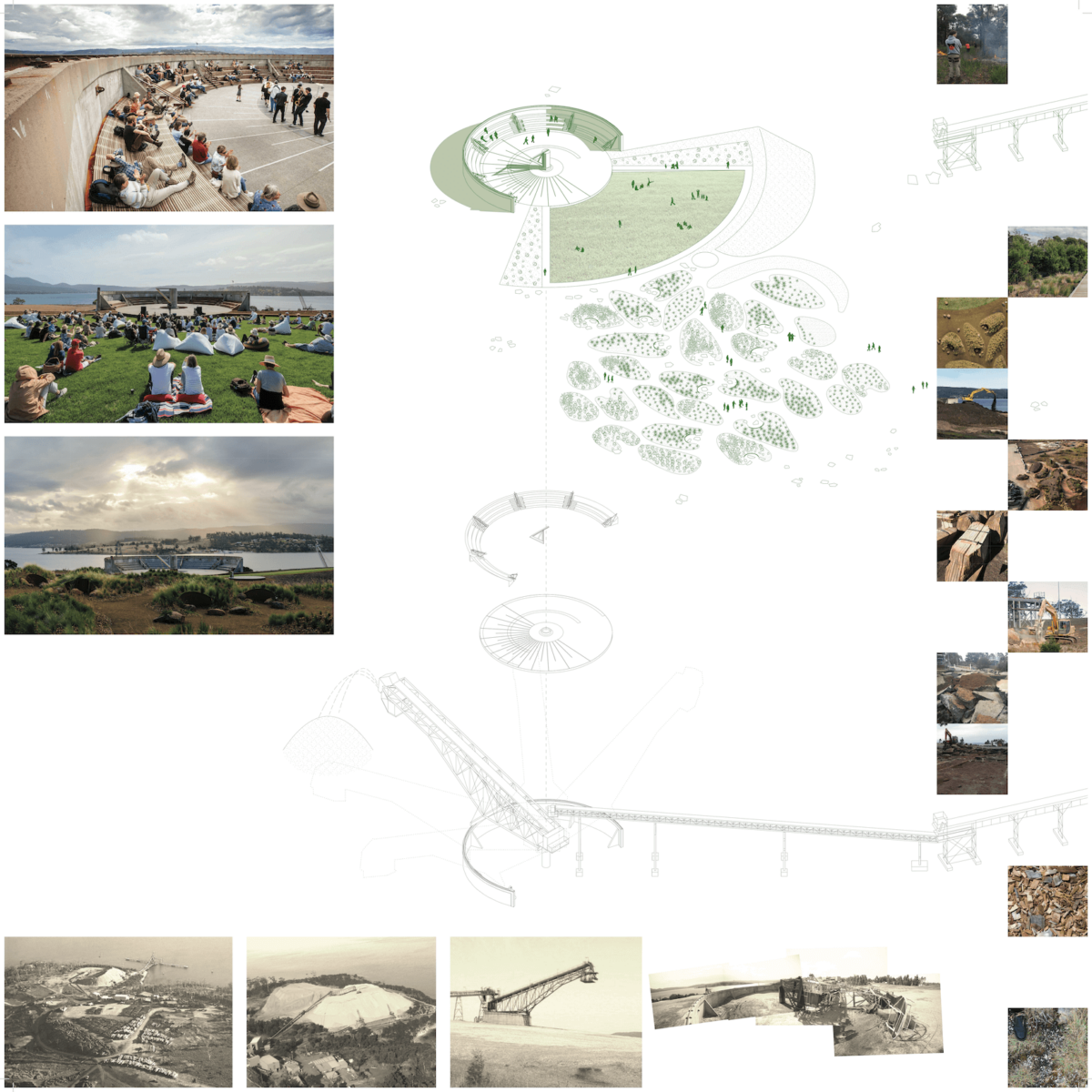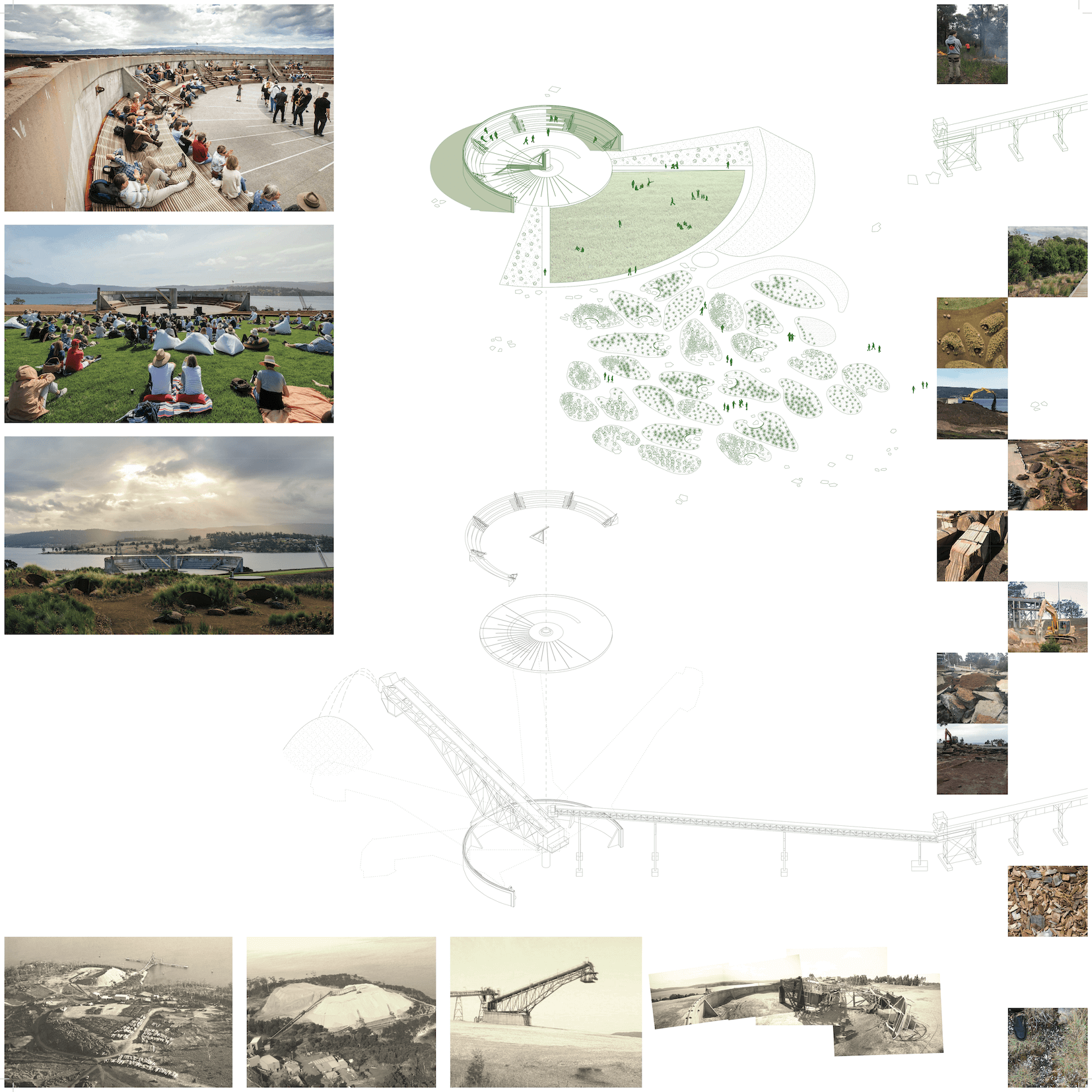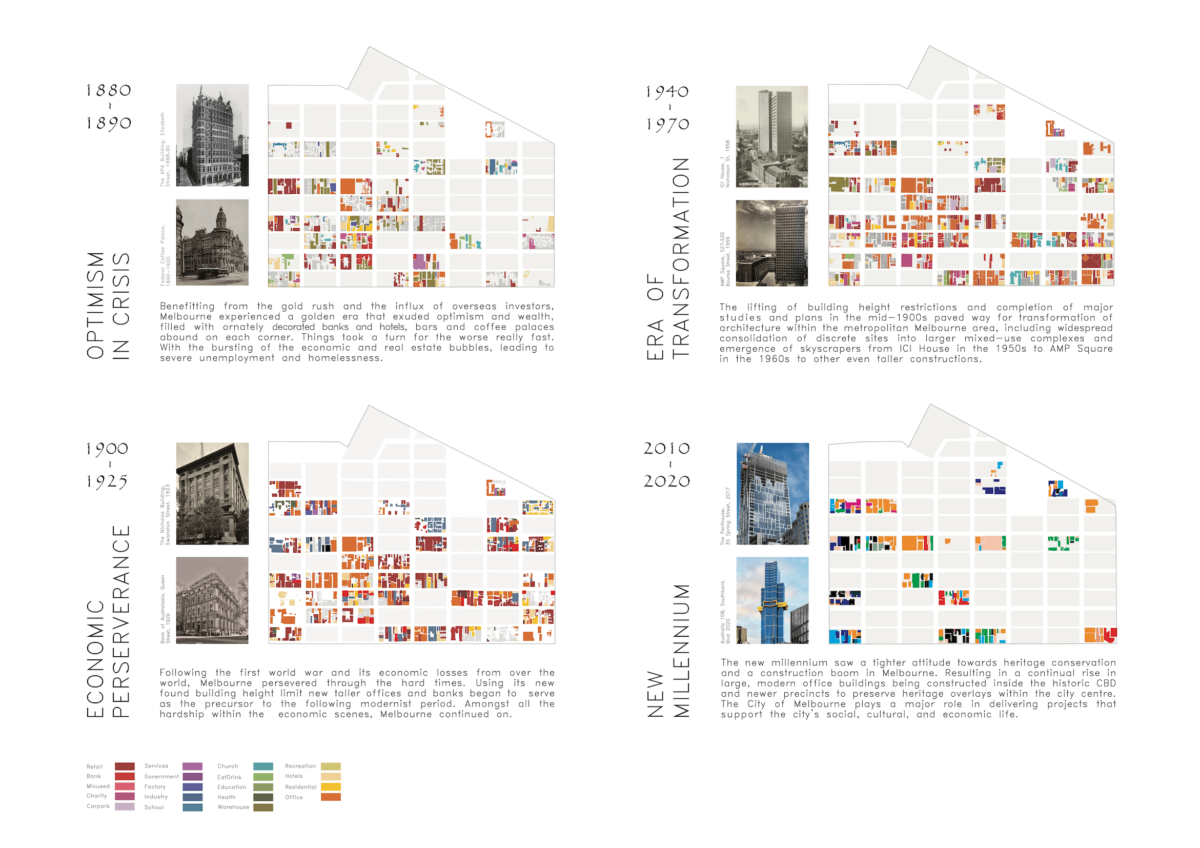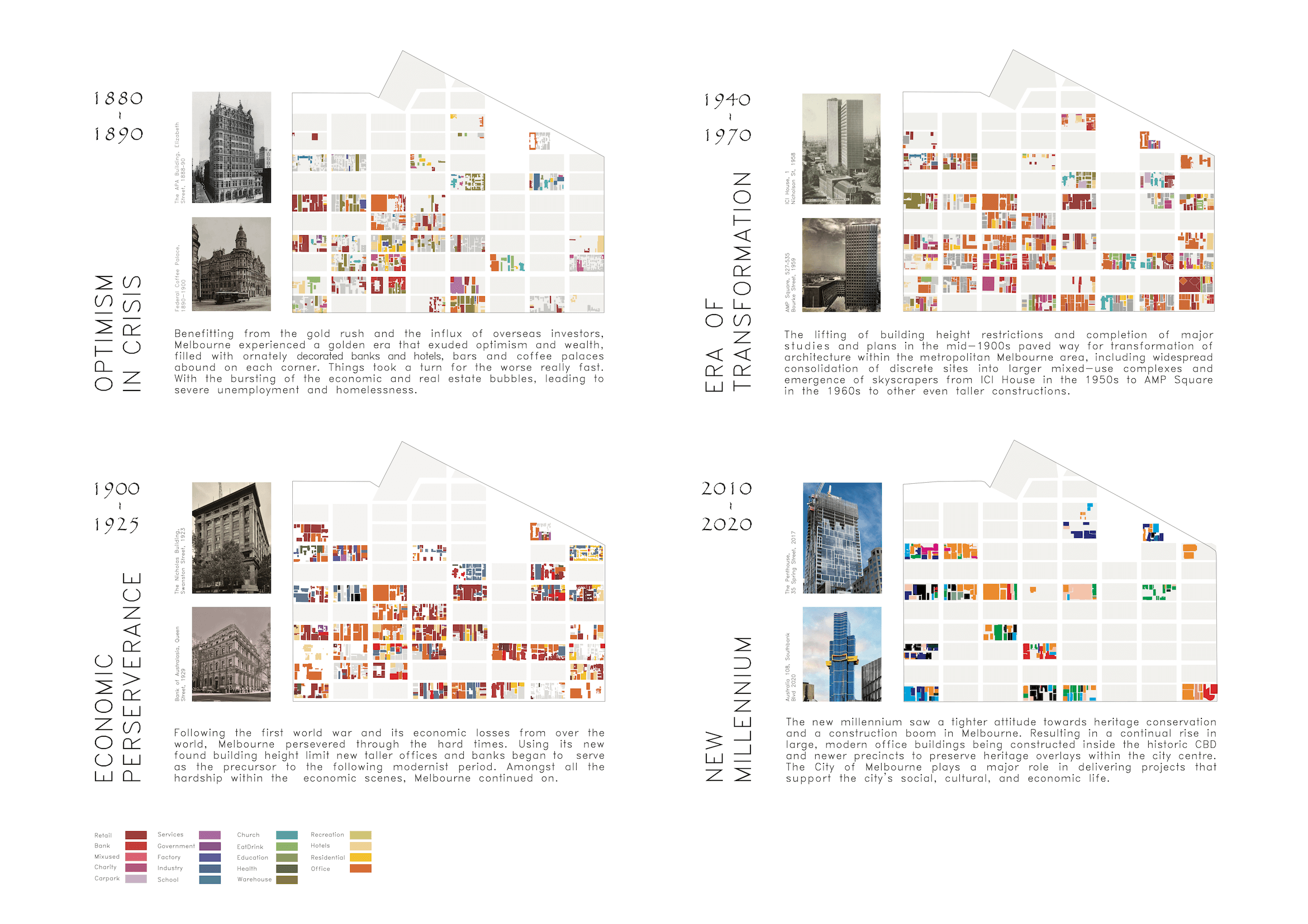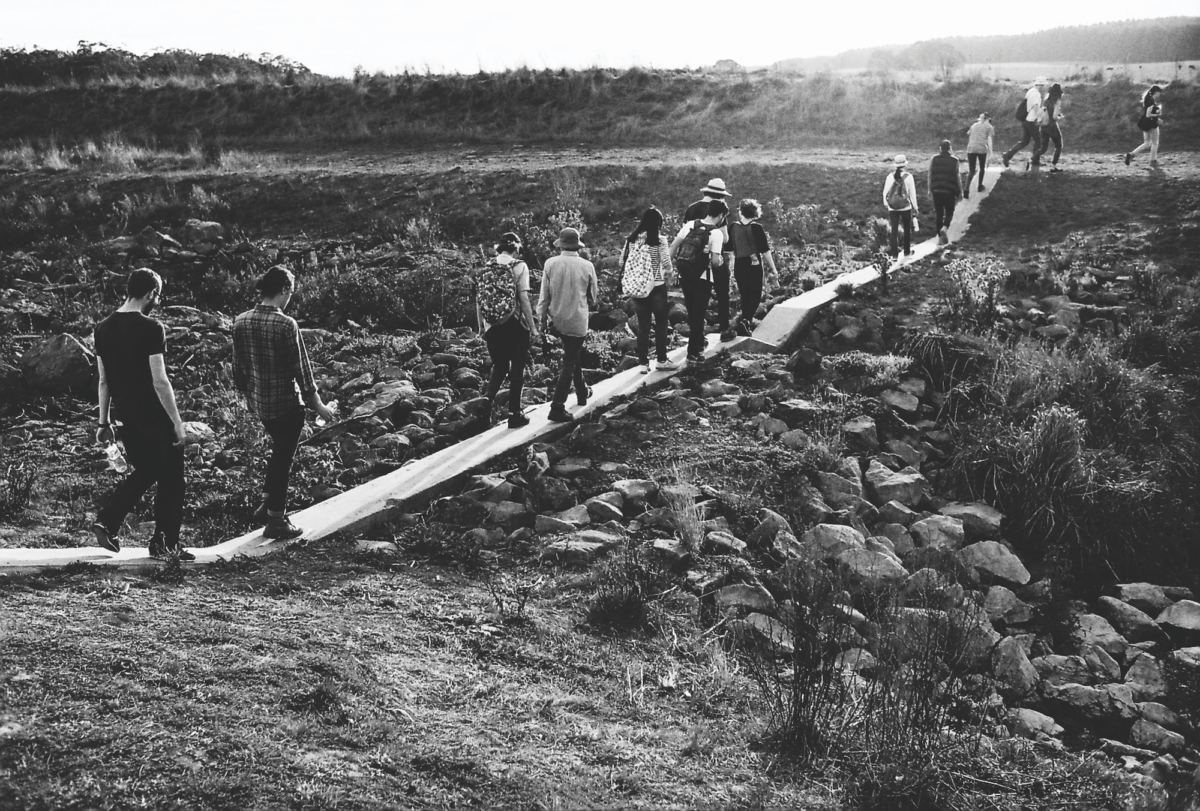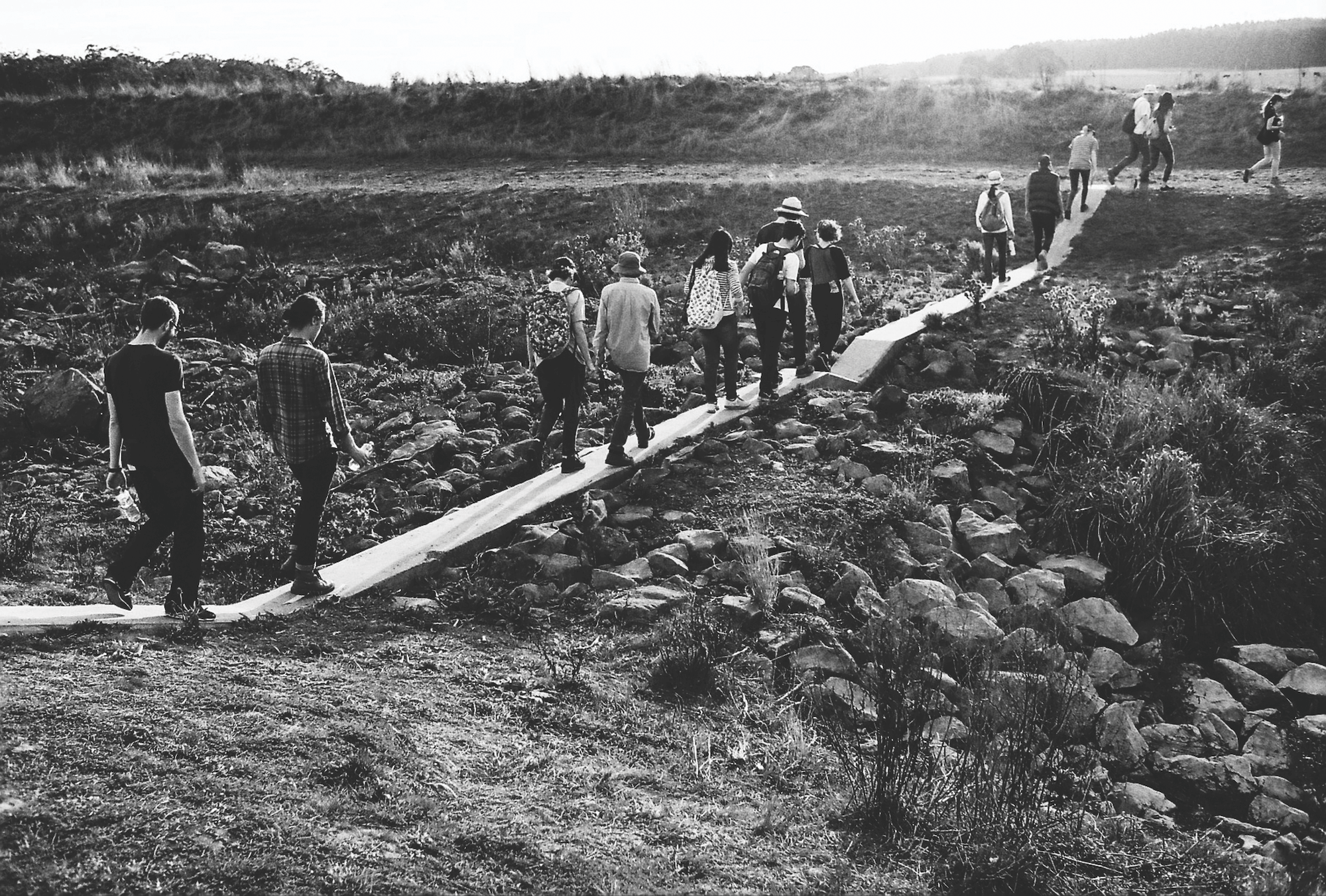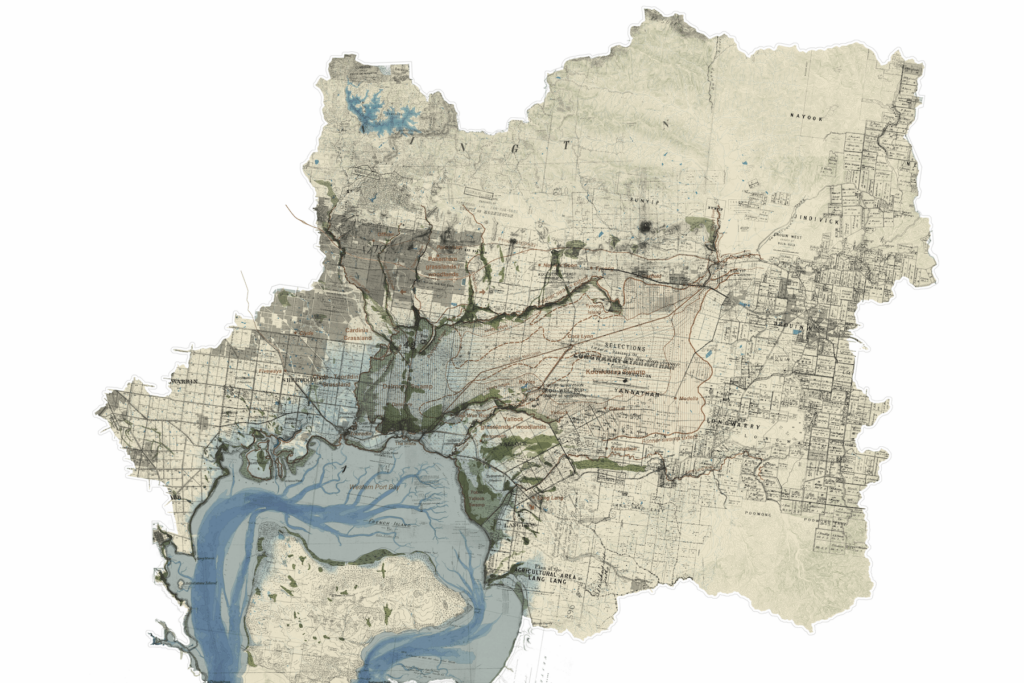REVOLUTIONARY TERRAINS_ PLURALITY
Ben Cottam
on
15 May 2023
REVOLUTIONARY TERRAINS_ PLURALITY
RECOGNISING SIGNIFICANT SPATIAL, TEMPORAL AND OCCUPATIONAL LAYERS
Dr Rachel Hurst, Dr Katica Pedisic, Dr Matthew Bird
UniSA Masters of Architecture Research Practices 2019
LOCATION
Adelaide, Murray Bridge, Tailem Bend, Coonalpyn, Keith, Bordertown, Nhill; Dimboola, Warracknabeal
Kaurna, Ngarrindjeri, Ngargad, Bindjali Bodaruwitj, Jupagalk, Wergaia, Jadawadjali, Jaadwa, Wotjobaluk
Revolutionary Terrains is the result of a collaborative research workshop by UniSA Masters of Architecture students. It uses experimental ways of reading and depicting Australian regional landscapes, architecture, and artifacts as a terrain of colonial ambition, imposition, and obsolescence.
Across nine Aboriginal lands and declining country towns, 16 archetypal ‘monuments to the everyday’ were selected as evidence of conscious and incidental colonization. These town halls, silos, clubs, and courthouses were reimagined as speculative drawings of uncanny objects, invading the lands of First Nations peoples.
Each alien image is oriented simultaneously to origin, destination, and the star Acrux – central to the Emu in the Sky, Koodjal Koodjal Djookan, and Southern Cross constellations, significant to both First Nations and Western cultures. Animated as a 16-minute video, the ghostly journey superimposes multiple perspectives of place, occupation, time, and signification. What might be the ‘afterlife’ of the things we build if we consider and care for them in larger cultural, temporal, and celestial contexts?
PROJECT LEADERS
Dr Rachel Hurst, Dr Matthew Bird
PROJECT PRODUCTION
Dr Katica Pedisic
PROJECT ASSISTANTS
Rupert Piccoli, Edward Ramsay
PROJECT PARTICIPANTS
Agastya Adhar, Courtney Bain, Hana
Broughton, Nathan Buder, Hisham
El-Jourdi, Yong Gan, Ryan Herbst,
Blake McDougall, Milad Nahravani,
Alyssa Nelson, Bec O’Brien, Billy
Roumeliotis, Giulia Talotta, Shannon Wark
PROJECT INSTITUTION
University of South Australia.
